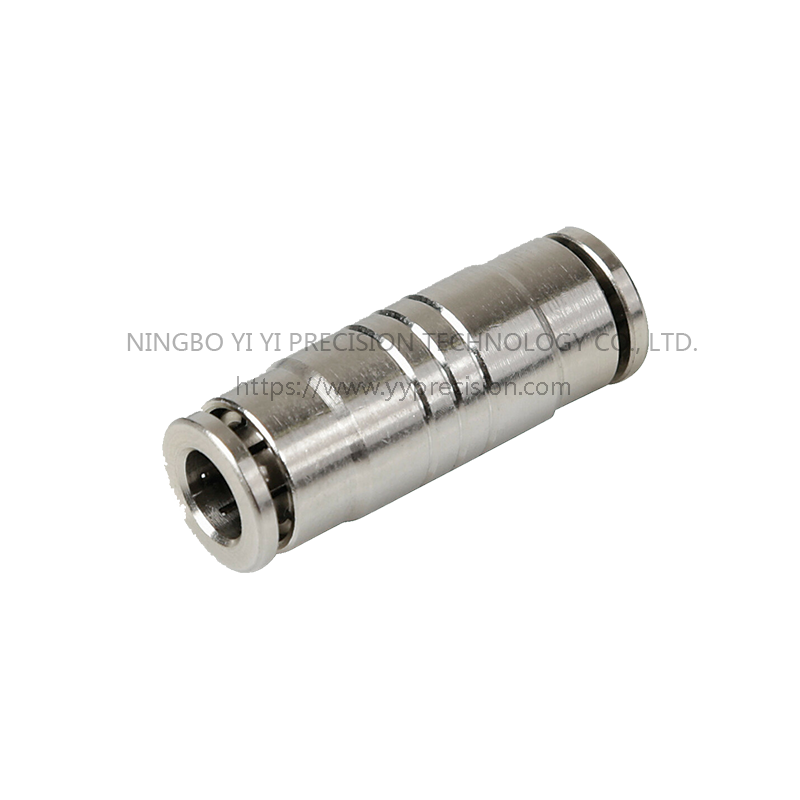Non-standard turned parts are an integral component of various industries, providing customized solutions to meet specific design requirements. These specialized components offer a range of benefits, from enhanced functionality to improved efficiency and reliability. This essay explores the nature and significance of non-standard turned parts, shedding light on their applications, manufacturing processes, and advantages.
Defining Non-Standard Turned Parts:
What distinguishes non-standard turned parts from their standard counterparts is their uniqueness and tailored design. While standard turned parts are mass-produced and readily available in standardized shapes and sizes, non-standard turned parts are custom-made to meet specific requirements. These parts are typically machined on lathes, which shape the material by rotating it against a cutting tool.
Applications of Non-Standard Turned Parts:
Non-standard turned parts find applications across numerous industries, including automotive, aerospace, medical, electronics, and machinery. These custom components are often critical for specialized machinery, prototypes, or retrofitting existing systems. From intricate connectors and adapters to specialized fasteners and fittings, non-standard turned parts enable precise and efficient functionality in diverse applications.
Manufacturing Processes:
The production of non-standard turned parts involves several manufacturing processes, starting with material selection. Common materials used for turning include metals like aluminum, steel, brass, and titanium, as well as plastics and composites. Once the material is chosen, it undergoes turning operations on lathes, where it is shaped, drilled, tapped, and threaded according to the desired specifications. Advanced techniques such as CNC (Computer Numerical Control) turning offer high precision and repeatability.
Advantages of Non-Standard Turned Parts:
1. Customization: The foremost advantage of non-standard turned parts is their ability to be tailored to precise design requirements, ensuring optimal fit and functionality.
2. Enhanced Performance: Non-standard turned parts enable the optimization of system performance by providing components with specialized features, such as unique geometries, intricate threads, or specific tolerances.
3. Cost Efficiency: Although non-standard turned parts may have higher initial production costs compared to standard parts, they often offer long-term cost savings by eliminating the need for expensive modifications or custom adaptations.
4. Time Savings: By directly manufacturing components according to specific requirements, non-standard turned parts eliminate the time-consuming process of adapting standard parts, thereby reducing production lead times.
Non-standard turned parts play a vital role in modern manufacturing, offering customized solutions for various industries. With their tailored design, these components provide enhanced functionality, improved efficiency, and cost-effective solutions for unique applications. As industries continue to evolve, the demand for non-standard turned parts is expected to grow, driving innovation and facilitating advancements in a wide range of sectors.

High Precision Non-Standard Turned Parts
Multiple Grooves On The Outer Diameter, One Finish On The Machine, And 2 More Grinds On The Outer Diameter.
Material: SUS303(1.4305)
Size: Outside Diameter 15mm*Length 58mm
Weight: 66g
Color: Natural

